BUCURESTI
As the largest city of Romania, with a population of over 2 million inhabitants, Bucharest is full of green areas, parks and lakes such as: Herastrau Park, Cişmigiu Garden, Carol Park, Bordei Park, Icon’s and Ioanid Parks; the main hydrographic artery that runs through Bucharest is Dambovita river.
Although many areas of Bucharest were demolished in the Communist period, to make way for the monocolor neighborhoods that had the same architecture, it still retains the old charm that attracted tourists after the First World War (1914-1918), when it was called “Little Paris” due to the brightness of its cultural life and its social atmosphere and thanks to its architecture, it was becoming one of the most beautiful European capitals.
From our gallery
Though it may seem rough around the edges, Bucharest can offer something to all types of travellers: besides the typical tourist things to do and places to visit such as the Palace of Parliament and Old Town area, and many other places to visit in Bucharest! We have very interesting experiences and suggestions on what to see that will make your visit memorable!
Tour Location
Though it may seem rough around the edges, Bucharest can offer something to all types of travellers: besides the typical tourist things to do and places to visit such as the Palace of Parliament and Old Town area, and many other places to visit in Bucharest! We have very interesting experiences and suggestions on what to see that will make your visit memorable!
History of the City
Unlike plenty other European capitals, Bucharest does not boast of a millenniums-long history. The first historical reference to this city under the name of Bucharest dates back to the Middle Ages, in 1459.Gallery
Though it may seem rough around the edges, Bucharest can offer something to all types of travellers: besides the typical tourist things to do and places to visit such as the Palace of Parliament and Old Town area, and many other places to visit in Bucharest! We have very interesting experiences and suggestions on what to see that will make your visit memorable!



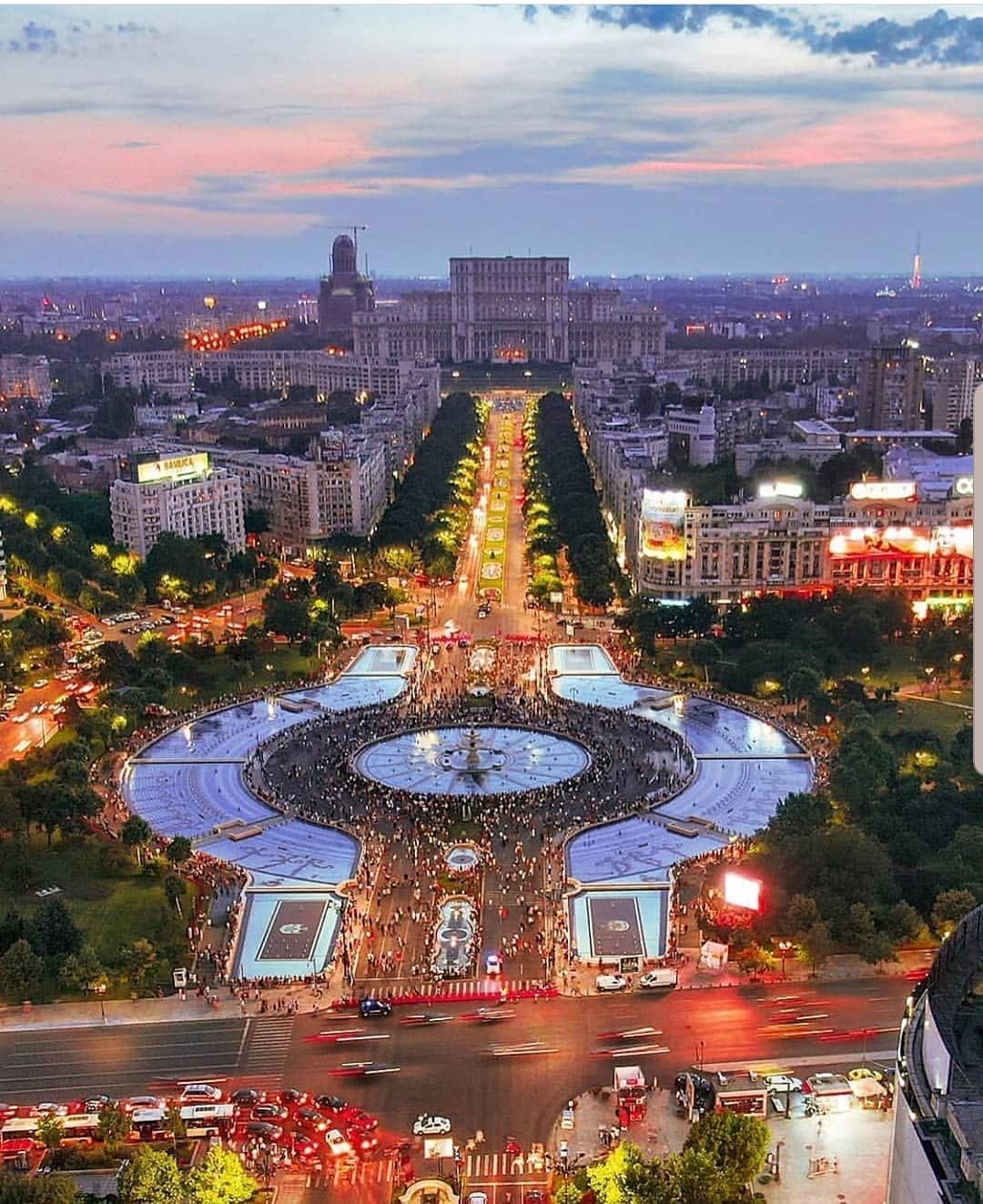
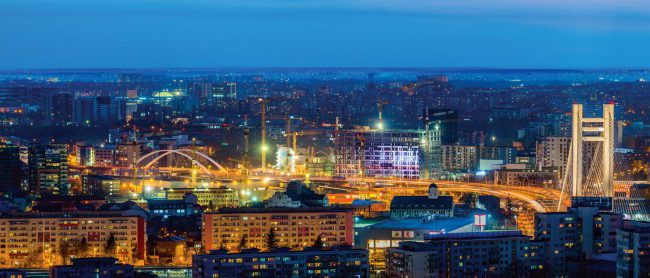
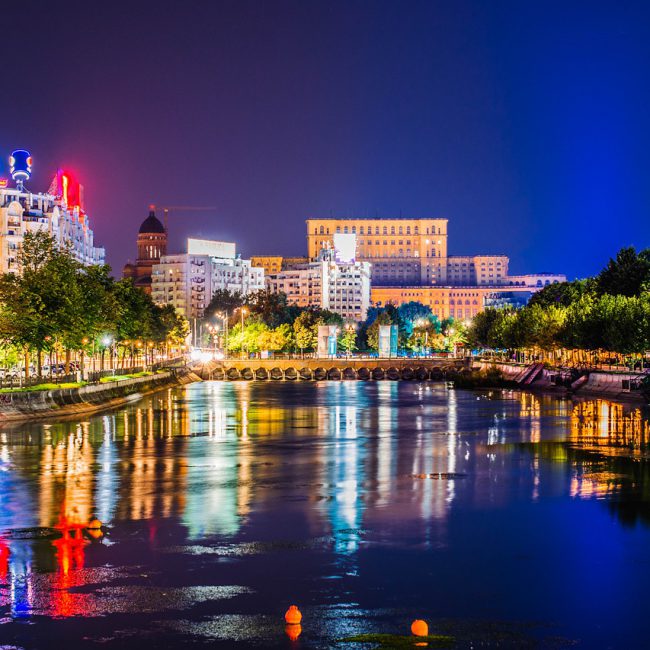
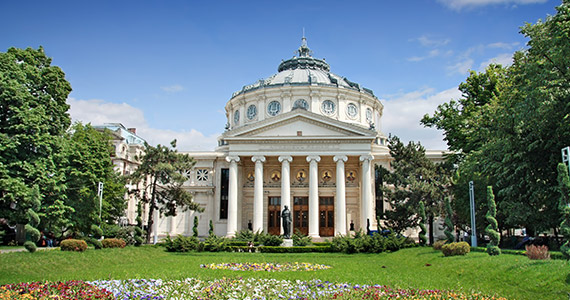
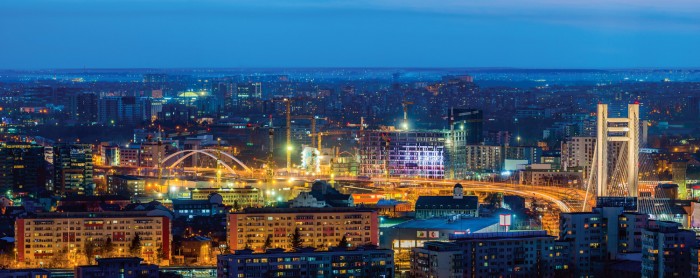
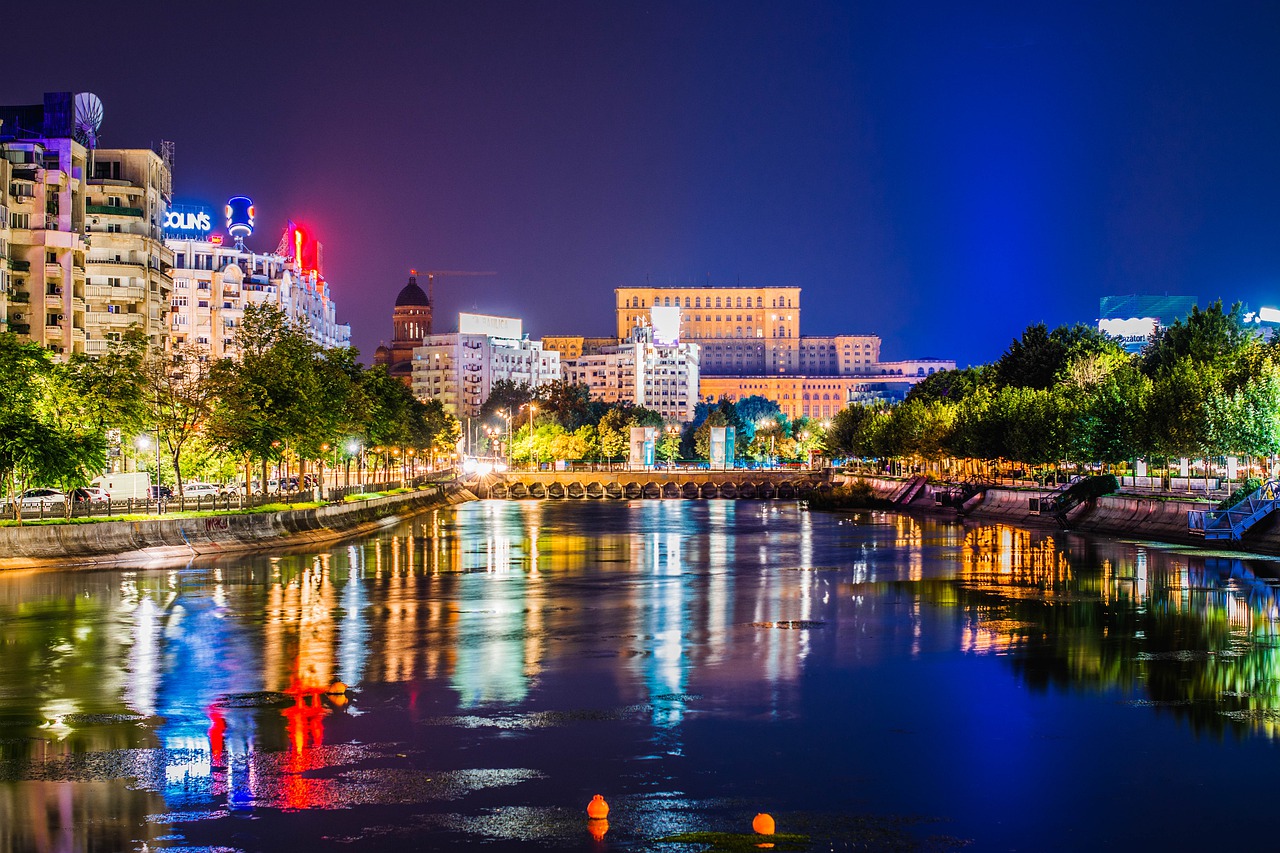
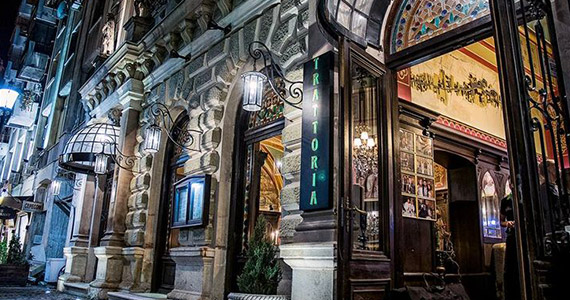



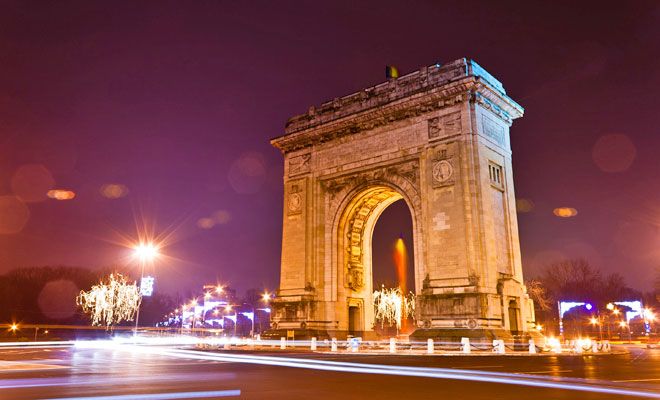
Ramona Tufaru
We loved Bucharest. We will come again!
September 1, 2020 at 7:58 am
TraveLand Experiences Assistant
Thank you!
September 1, 2020 at 8:18 am